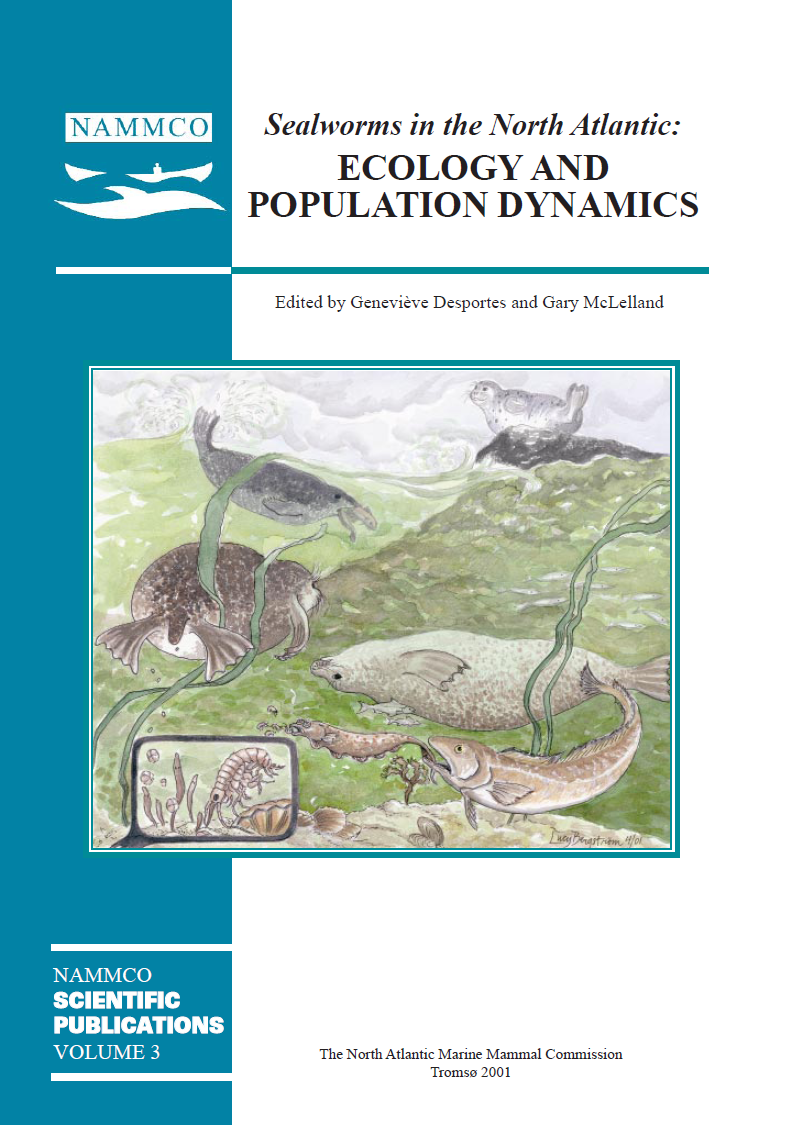Sealworm (Pseudoterranova decipiens) dynamics in Sable Island grey seals (Halichoerus grypus): seasonal fluctuations and other changes in worm infections during the 1980s
DOI:
https://doi.org/10.7557/3.2963Keywords:
Sealworms, Pseudoterranova decipiens, grey seals, Halichoerus grypus, dynamics, Contracaecum osculatum, seasonalityAbstract
The abundance of P. decipiens sampled from the stomachs of 553 grey seals (aged 0-48 years) collected during 14 field trips to Sable Island in 1983 and 1989 did not change significantly between years, even though the seal population has been increasing at over 12% annually and there has been a substantial decline in the fish biomass upon which they depend. The proportion of mature worms in the seals’ stomachs has decreased, however. Seal growth, expressed in terms of either age or
length, showed the strongest correlation with total worm abundance. These infections were not completely eliminated at any time during the year, but a seasonal pattern in worm abundance was apparent. Among the youngest seals an inverse relationship was demonstrated between the abundance of P. decipiens and another parasitic nematode, Contracaecum osculatum. Sexually mature P. decipiens were found in pups within 3 to 4 months of the commencement of independent feeding, and the abundance of P. decipiens progressively increased throughout the first year of life. Male pups contracted more worms than female pups of the same age. P. decipiens abundances in juvenile seals were primarily associated with seasonal pattern and age, with C. osculatum abundance still influencing the abundance of P. decipiens, but to a much lesser extent than seen with pups. Length of seals was the main predictor of total worm abundance in adult seals, with a seasonal pattern being next in order of importance. Age was also significant, possibly representing a component of growth not accounted for by length alone. No relationship between the abundances of P. decipiens and C. osculatum was apparent for adult seals. The seasonal pattern in total worm abundance of juvenile and adult seals was characterized by declines during the winter and mid-summer. We suggest these declines are due, respectively, to the breeding season fast and one or both of 1) a change in seal diet from primarily highly infected fish species to less infected ones, and 2) a partial fast during the annual moult. The proportion of mature worms increased during reductions in worm abundance throughout most of the year, but during the breeding fast both total abundance and the proportion
mature declined.





